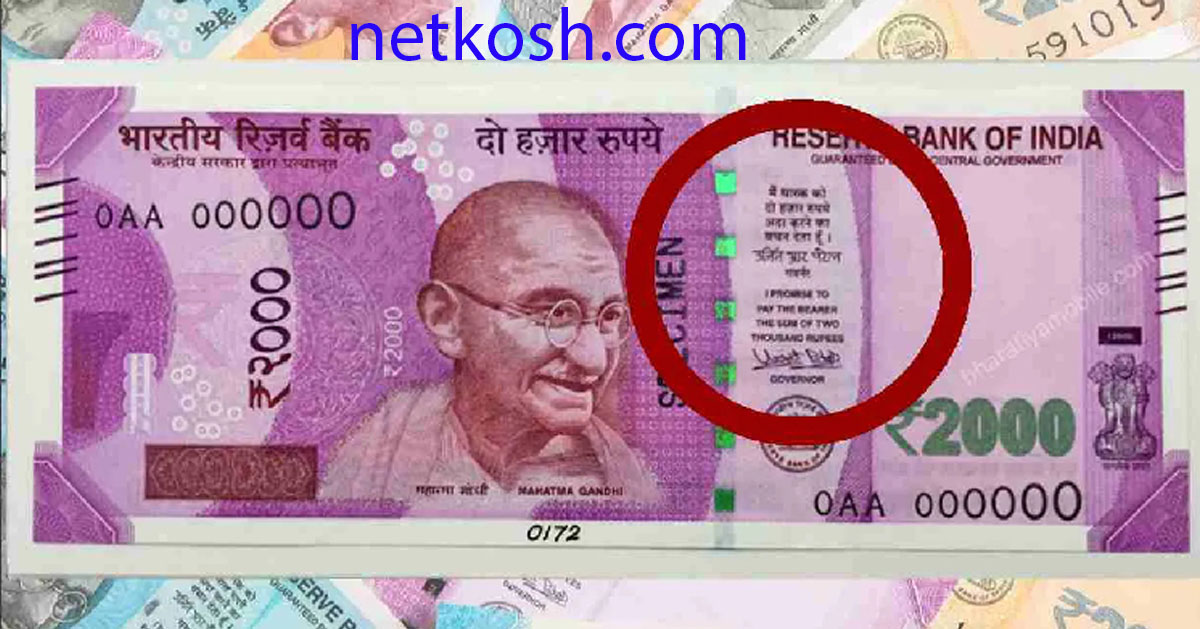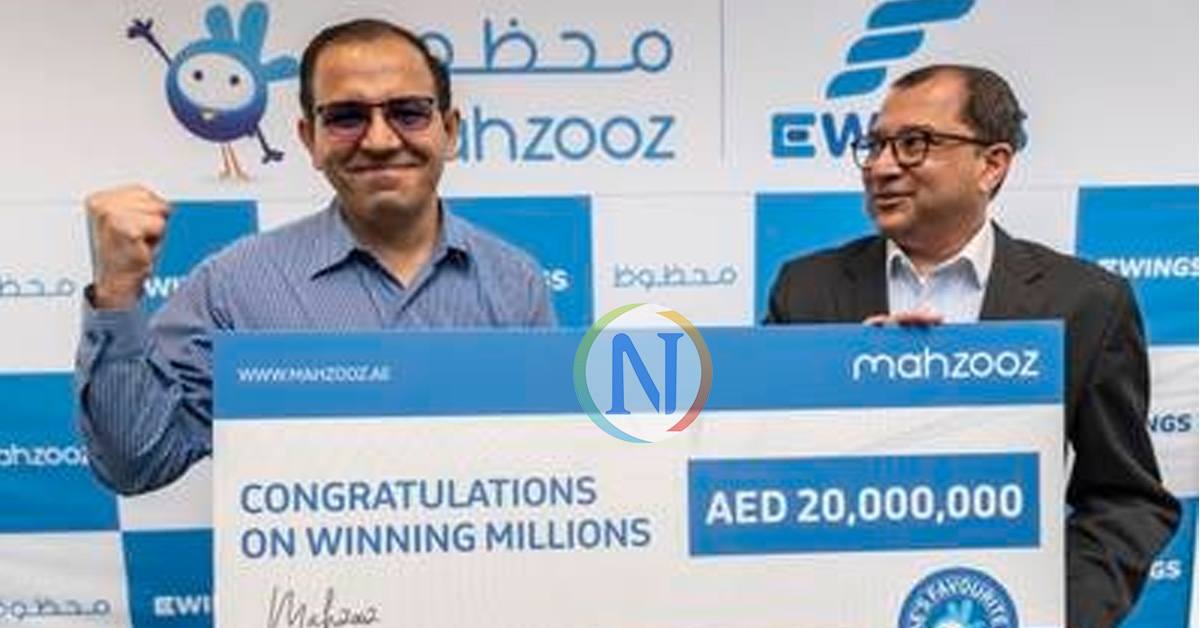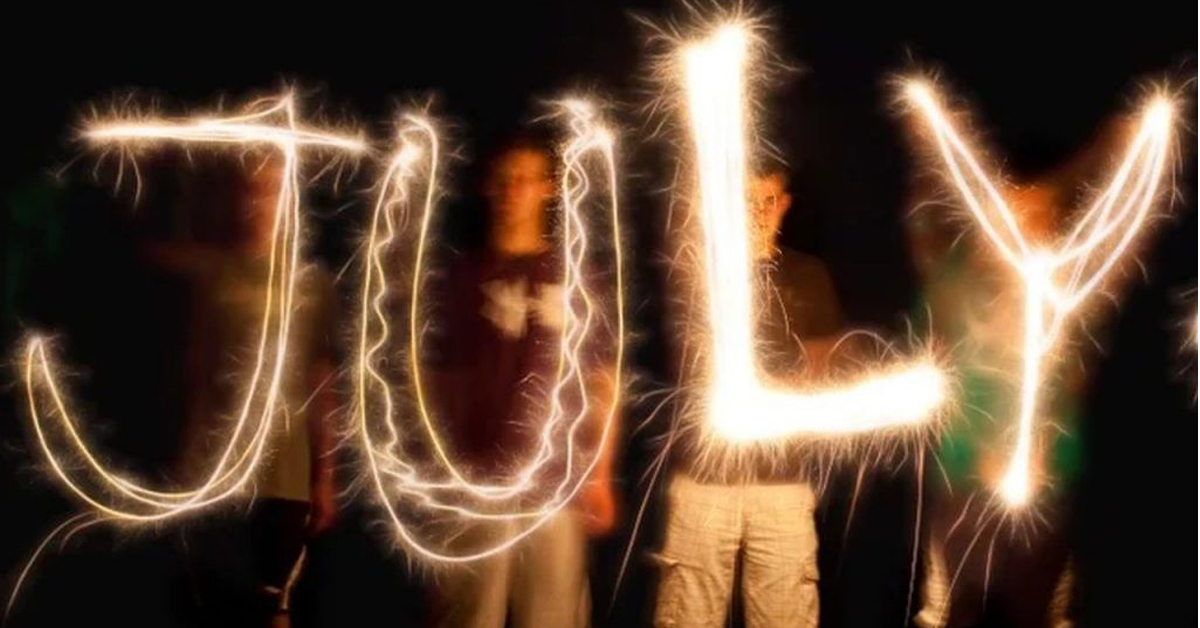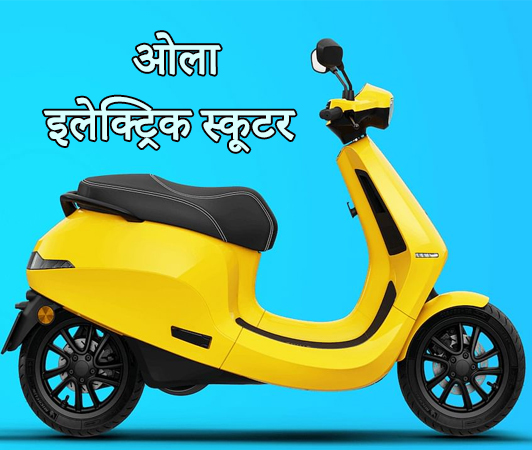Indian Rupee: Generally, everyone understands small things very well. But sometimes we miss out on knowing many of these small things. The topic we are discussing today is that rupee note on which it is written that I promise to pay Rs 100 to the holder. Why are these lines or words written on the notes?
We know that in today’s time the whole world is running on the basis of money and to earn these money, people are doing different types of business, business, crime and other things. There is no such day in our daily life. When we don’t use money.
When we go to the market, money is needed to buy even a small thing, notes have a price of their own. When we buy goods, we give money to the seller for that goods, then that item comes to us.
The Governor of the Reserve Bank of India is responsible for the prices of all notes in circulation in the country. All denomination notes, except the one rupee, bear the signature of the Governor of the Reserve Bank of India. Whereas one rupee is signed by the Finance Secretary of India.
Table of Contents
Establishment of Reserve Bank of India
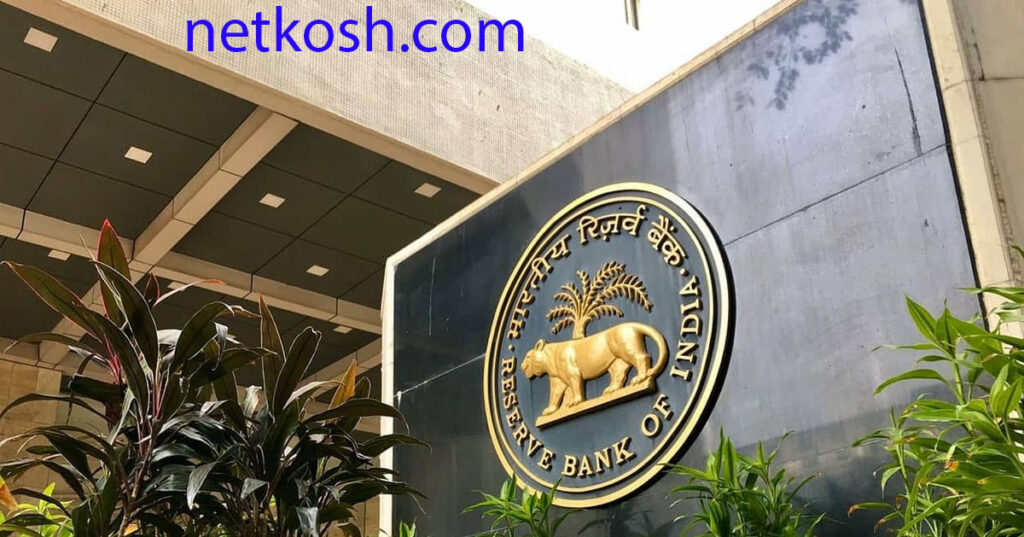
According to information received from sources, the Reserve Bank of India (RBI) was established in the year 1935, before this the printing work of currency and notes came under the Government of India. After that the Reserve Bank of India (RBI) was established on 1 April 1935. The headquarter of RBI is located in Mumbai.
The Reserve Bank of India was entrusted with the work of printing of notes, arrangements for keeping notes and their maintenance. According to Section 22 of the RBI Act, the Reserve Bank of India is empowered to issue Rupees or Notes.
RBI’s promise
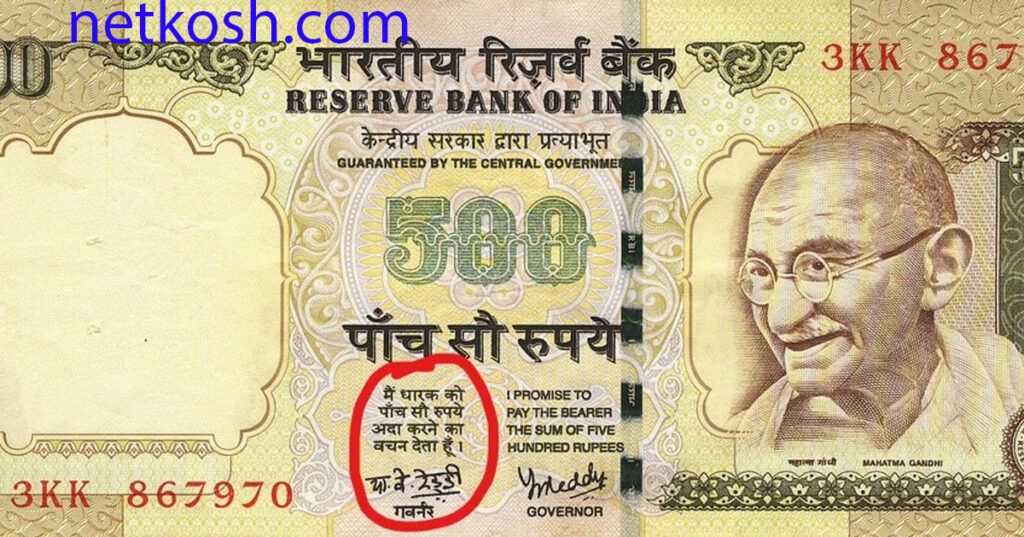
Often we all have seen that all the notes except the Ru 1 note have a main line written on them. I undertake to pay the same amount to the holder. According to the price of the notes in the above line, the price of the note is like Rs 100 on Rs 100 note. I undertake to pay Rs.100 to the holder with the signature of RBI Governor.
The Reserve Bank of India assures the general public and other people through its statement that the amount of money you have with you is the same amount of gold as reserve and safe with us.
To understand this, let us take a small example that if a person has a 500 rupee note, then the Reserve Bank of India assures that person that he has gold worth Rs 500 kept in RBI.
Printing of notes under the Minimum Reserve System
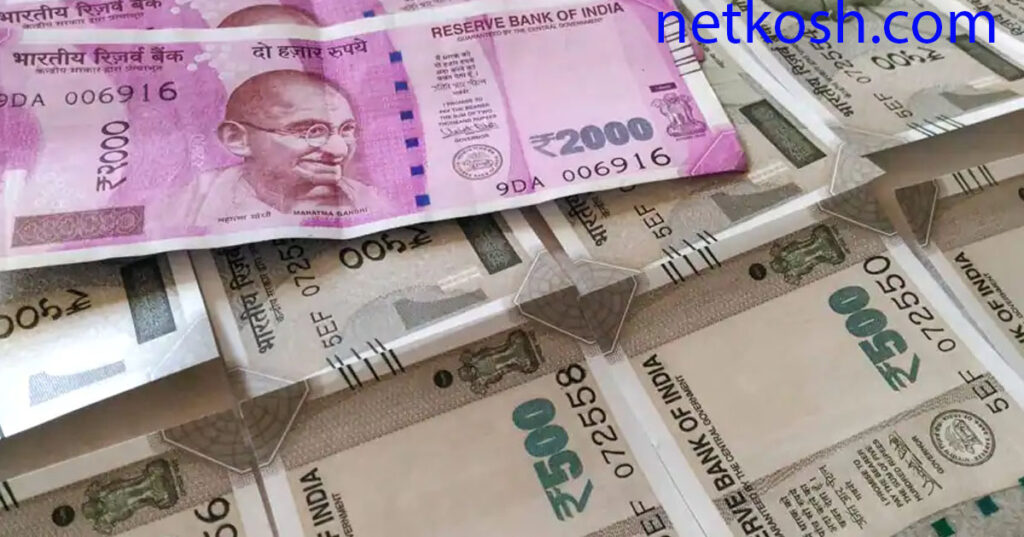
Currency runs in all countries according to their countries or we can say that all countries run their currency in different ways and in this episode we define inflation that inflation is the situation in which the goods available in the market The prices of the commodity suddenly increase, due to which the general public has to use more money to buy that item.
Here is an example
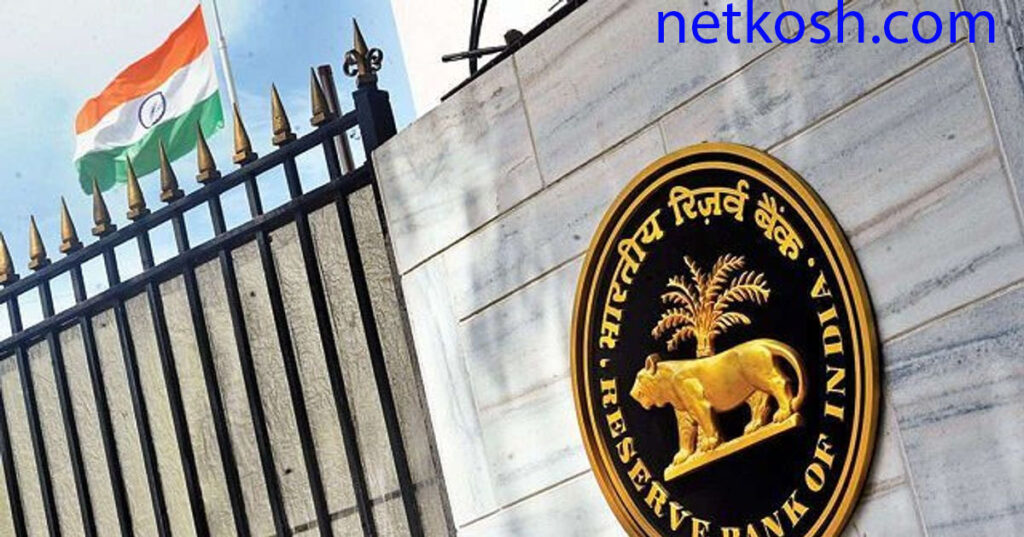
For example, suppose you buy a plate of chole masala for Rs 100 and if the annual inflation rate is 10 percent, then next year you will be able to buy the same chickpeas for Rs 110.
If your income does not increase by at least that much in comparison, then you will not be in a position to buy this or other such items. Keeping all these things in mind, the rule of minimum reserve system has been implemented in the Reserve Bank of India, in which the printing of notes is done according to the minimum reserve system rule.
If you liked this article, don’t forget to share it.

